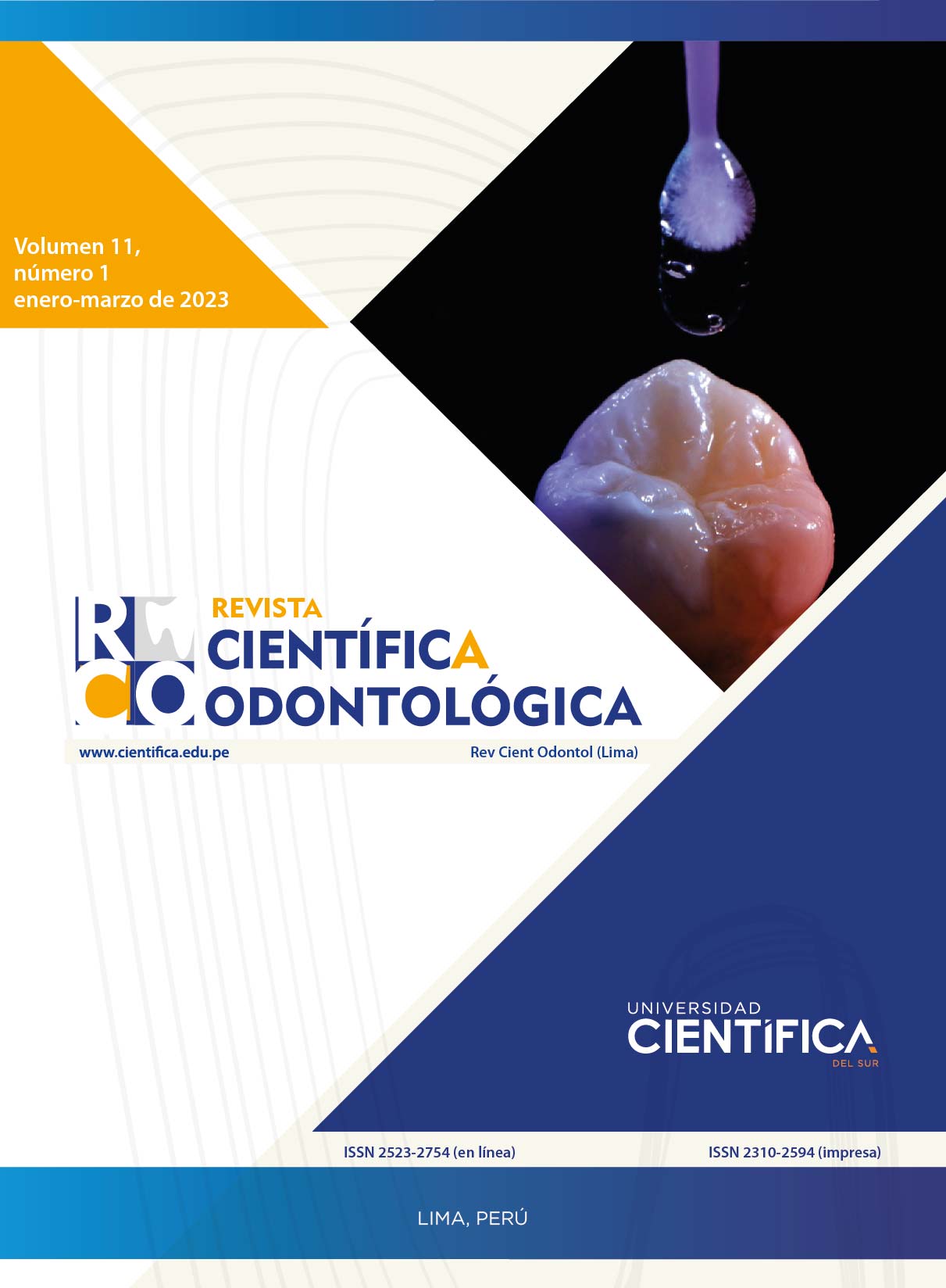Importance of intracardiac perfusion fixation technique for in vivo studies in Dentistry
DOI:
https://doi.org/10.21142/2523-2754-1101-2023-148Keywords:
in vivo studies, intracardiac perfusion fixation, histologyAbstract
In vivo studies in dentistry require a high level of precision, since they involve the experimentation with a living organism, and further comprehensive histological analysis to validate the initial hypothesis. However, the process to obtained the histological slides to be studied is often wrongly minimized. In order to obtain high quality histological sections, which may be able to react favorably to more complex immunological techniques, it is necessary to preserve or "fix" the tissues of interest in an optimal manner. Intracardiac perfusion fixation has been described as a technique that offers superior results to other tissue fixation methods, allowing not only adequate sample stability, but also a deep cleansing and hardening of the tissues to allow further manipulation. Through a variation of the technique, it is possible to occlude the main arterial supply of the abdominal region to maintain direct perfusion of the fixator in the region of interest, such as the maxillofacial and thoracic region.
Downloads
Downloads
Published
Issue
Section
License

Este obra está bajo una licencia de Creative Commons Reconocimiento 4.0 Internacional.












